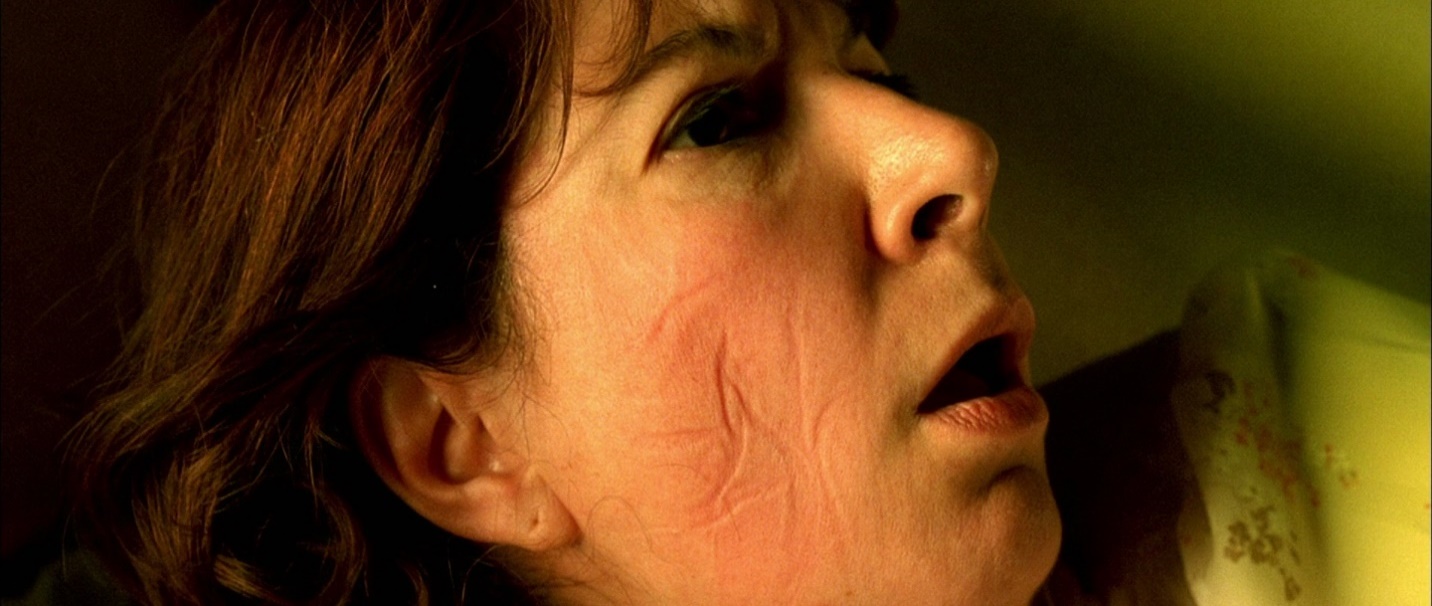Introduction
The film Le Fabuleux Destin d’Amélie Poulain, which will be referred to as Amelie in this essay, is a French romantic comedy that was released in 2001. The film, which was directed by Jean-Pierre Jeunet, received a good response due to both its plot and cinematography. The story revolves around Amelie, a mischievous but happy waitress who spends much of her time doing good deeds (Cloete, 2017).
After the death of Princess Diana, Amelie decides to help everyone around her in any way she can. For instance, she helps two strangers become friends and fall in love. Additionally, she gives the man who used to live in her apartments his childhood toys that she discovers and this makes him extremely happy (Miller et al., 2010). In her quest to positively change the lives of the people around her, she also finds love.
This essay is a critique of the film and will mainly focus on the cinematography elements that are highlighted in the film. Through the critique, it will be proven that the film Le Fabuleux Destin d’Amélie Poulain enhanced French film production through the use of modern cinematography. Indeed, the chosen cinematography of the film was as important in production as the plot itself as it enhanced the plot and also helped in character development.
Main Text
Amelie’s Bubbly Personality
One element that is highlighted in the film is Amelie’s bubbly personality. The production team worked hard to ensure that viewers could relate to Amelie at every stage of her life and also as she worked to help those around her.
One interesting way the film achieved this connection between the character and the audience is through the manipulation of motion. This is common in Jean’s films as he is renowned for combining elements of the film to bring out his stories (Vanderschelden, 2007). For example, the production team ensured that when the lead character was enthusiastic and happy the motion used was also fast.
On the other hand, when she was sad, anxious, or eager, the motion was slow. This manipulation of the motions of the film ensures the viewers fully grasp the mental state the character is in at the specific moment. This element proves that indeed cinematography is as important as the plot as it enhances the ability of the audience to connect with the character.
The Use of Different Camera Angles
A second element that can be highlighted is the use of different camera angles to enhance themes in the storyline. The producer used close-ups when Amelie was in the shot. This ensured that her features were well highlighted and allowed the audience to see her as a friend or a common person they would meet in the streets. Indeed, the close-ups, like in the picture below allow the audience to see the character as a real-life personality, not just a movie character.

The picture clearly shows that the character probably fell asleep on a pile of cables and they made marks on her face. This has happened to many people and is relatable. The effect of being relatable would not have been the same if the same shot had been taken at a longer range. This feeds into the thesis statement mentioned in the introduction in that it goes to make the story appear real. In turn, it becomes easier for the audience to remember both the storyline and the characters involved. The production team also used low-angle shots and overhead shots to achieve this effect.
The Use of Select Colors
Lastly, the use of select colors also enhances the plot of the film. Specifically, the movie used yellow, green, and brown as its primary colors. Jean is also well known for producing award-worthy romantic, fantasy, and realism films over the years. The combination of the colors gives the film a warm and happy ambiance. This can be linked back to the thesis in that it allows the audience to also “see” the main theme of the story, which is comic romance. It can be argued that comic romance is not only sweet but also warm and welcoming.
The colors also make the ambiance of the movie cheerful, which goes hand in hand with the personality of Amelie. It is important to note that the selection of the colors is also important in regards to how the viewers see the content that is being displayed. Whereas one can argue that yellow is a strong color (affects the eyes), the addition of brown and green, making all three earth colors gives the film a good color balance.
Conclusion
In conclusion, the production team ensured that the cinematography that was employed in the film also enhanced the storyline and character development. Many films have fallen short of this by only using cinematography as a primary production tool and not as a storytelling tool as well. The film Le Fabuleux Destin d’Amélie Poulain effectively uses cinematography as a storytelling tool, thereby, enhancing the storyline.
One of the key cinematography elements used is the manipulation of motion to reflect the feelings of the main character. This manipulation also ensured that viewers had an in-depth feel of those same emotions. The use of earth colors to bring out the mood, personality, and even theme is another commendable way the film used cinematography to enhance the movie’s plot. It is also important to note that the production team relied on various camera angles to bring life into the story.
References
Cloete, A. (Eds.). (2017). Interdisciplinary reflections on the interplay between religion, film, and youth. African Sun Media.
Miller, P. F., Vandome, F. A., & McBrewster, J. (2010). Amélie: Romantic comedy film, Jean-Pierre Jeunet, Paris, Montmartre, Audrey Tautou, international co-production, European Film Awards, César Award, César Award for Best Film, César Award for Best Director. Alphascript Publishing.
Vanderschelden, I. (2007). Amélie: French film guide. Bloomsbury Publishing.